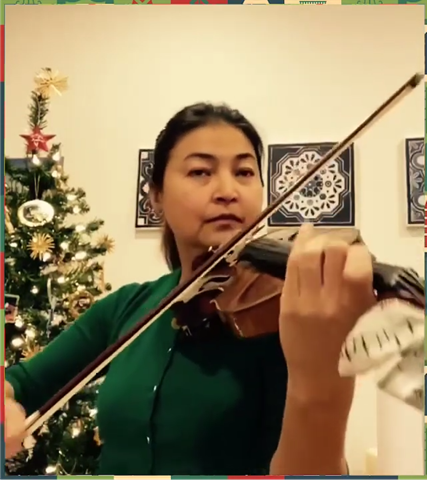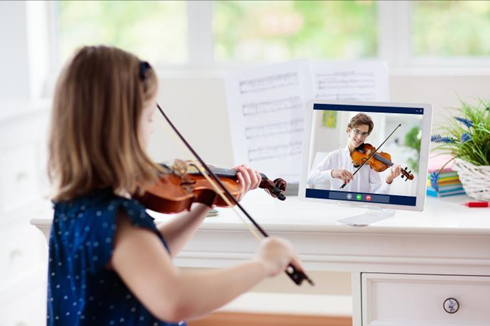Music Music Music

The Strength of Music to Create Joy
The Strength of Music to Create Joy Music has been known to create connections, change our mood, bring out memories. Parents often sing lullabies to their babies who would never...
The Strength of Music to Create Joy
The Strength of Music to Create Joy Music has been known to create connections, change our mood, bring out memories. Parents often sing lullabies to their babies who would never...

Carol of the Bells from Ella
She put together this neat video for your holiday enjoyment! She's playing along with herself.
Carol of the Bells from Ella
She put together this neat video for your holiday enjoyment! She's playing along with herself.

Philanthropy - Golden Music Gives Back to Our C...
Since our humble beginning in 1996 in a 500 sq. ft. space that was a meat locker to our now 30,000 sq ft building that houses our retail, repair shop, music school,...
Philanthropy - Golden Music Gives Back to Our C...
Since our humble beginning in 1996 in a 500 sq. ft. space that was a meat locker to our now 30,000 sq ft building that houses our retail, repair shop, music school,...

5 Reasons Your Child (And You!) Will Love West ...
It is a known and widely studied fact that music education in children leads to measurable benefits, including increased literacy and therefore improved academic results. West Colfax Academy is all about your...
5 Reasons Your Child (And You!) Will Love West ...
It is a known and widely studied fact that music education in children leads to measurable benefits, including increased literacy and therefore improved academic results. West Colfax Academy is all about your...

Signs Your Child Is Ready For Lessons
A child often conveys readiness for music lessons with physical expression. This is often starts with banging on pots and pans, tapping on couches, pretending a briefcase is a piano or...
Signs Your Child Is Ready For Lessons
A child often conveys readiness for music lessons with physical expression. This is often starts with banging on pots and pans, tapping on couches, pretending a briefcase is a piano or...

Create Creativity for Your Kid!
During these trying times, creativity is a spark and can fuel hours of at -home entertainment. As many of us are forced onto screens for formerly fun, in-person times, to...
Create Creativity for Your Kid!
During these trying times, creativity is a spark and can fuel hours of at -home entertainment. As many of us are forced onto screens for formerly fun, in-person times, to...
